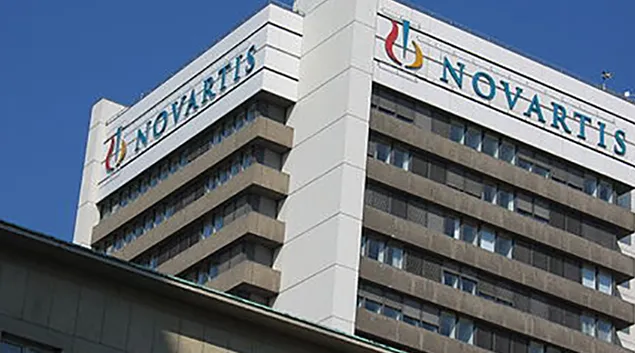
Healthcare industry manufacturers, many of them pharmaceutical companies, reported spending $7.52 billion in payments and ownership and investment interests to physicians and teaching hospitals in 2015, according to information released Thursday by the Centers for Medicare and Medicaid Services.
In order and by the amounts paid in 2015, the highest-spending companies are Novartis, $540 million; Genentech, $470 million; Pfizer, $436 million; Astrazeneca, $276 million; Amgen, $253 million; Ellipse Technologies, $237 million; ICU Medical, $219 million; E.R. Squibb & Sons, $183 million; Merck Sharp & Dohme; $162 million and Glaxosmithkline, $142 million.
Many of the same companies were also on the 2014 list, but in a different order. In 2014, Genentech reported spending $384 million; Pfizer, $335 million; Novartis, $302 million; E.R. Squibb, $245 million; Astrazeneca, $230 million; Glaxosmithkline, $215 million; Spinefrontier, $202 million, Sanofi US Service, $172 million; ICU Medical $170 million and Eli Lilly, $146 million.
The highest paid physician types, in order, in 2015, are nuclear medicine, neurological surgery; orthopedic surgery; radiology; and nueromusculorskeletal medicine.
In 2014, the order was orthopedics, neurology, clinical pharmacology, neuromusculosketal medicine and nuclear medicine.
Payments during both years ranged $51,279 to $8,037.
Of the $7.5 billion total, $2.6 billion went for non-research payments; $3.89 billion for research payments; and $1.03 billion to ownership or investment interests held by physicians or their immediate family members.
In 2015, healthcare industry manufacturers reported 12 million separate payments to 618,931 physicians and 1,116 teaching hospitals, according to CMS.
CMS in its open payments data report, also analyzed payments related to covered drugs, devices, biologicals, and supplies.
CMS determined that for 2015, 2.26 percent, or 637,131 records, of all financial transactions between physicians and pharmaceutical companies was related to opioid medications.
The open payments program, sometimes called the "Sunshine Act," requires that transfers of value by manufacturers of drugs, devices, biologicals, and medical supplies that are paid to physicians and teaching hospitals be published on a public website.
Over the course of the program since 2014, CMS has published 28.2 million records, accounting for $16.7 billion in payments and ownership and investment interests.
The data allows the public the opportunity to explore trends in the healthcare industry manufacturers' payments to physicians and teaching hospitals for items and services such as food and beverage, travel, education, honoraria, and research.
"Transparency is empowering physicians to be purposeful about their financial relationships with companies, and there is a notable shift towards charitable contributions and away from other interactions such as honoraria and gifts," said Dr. Shantanu Agrawal, a CMS deputy administrator and director of the Center for Program Integrity.
The amount and distribution of payments and ownership and investment interest categories remained consistent between the 2014 and 2015 reporting periods, CMS said.